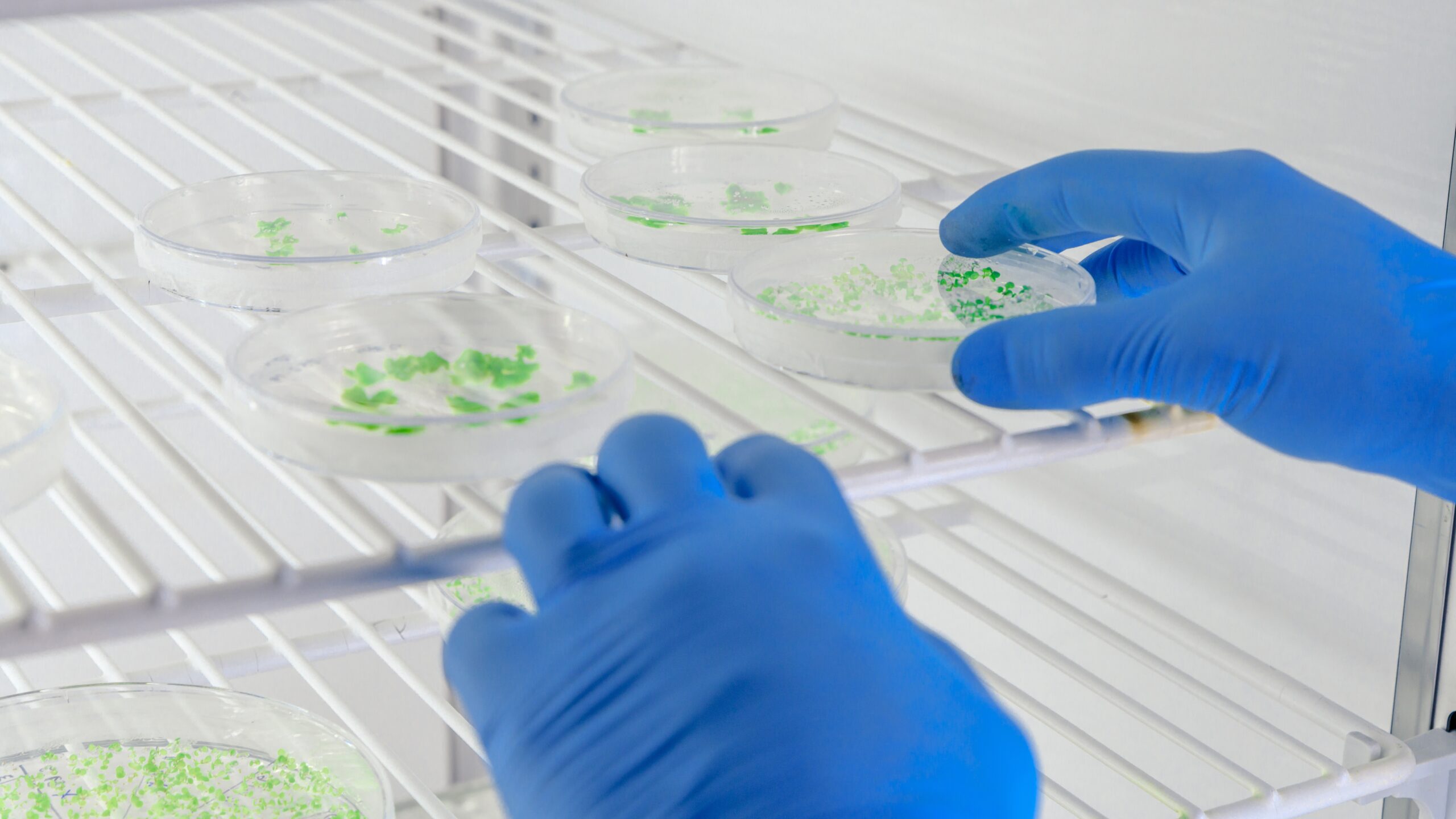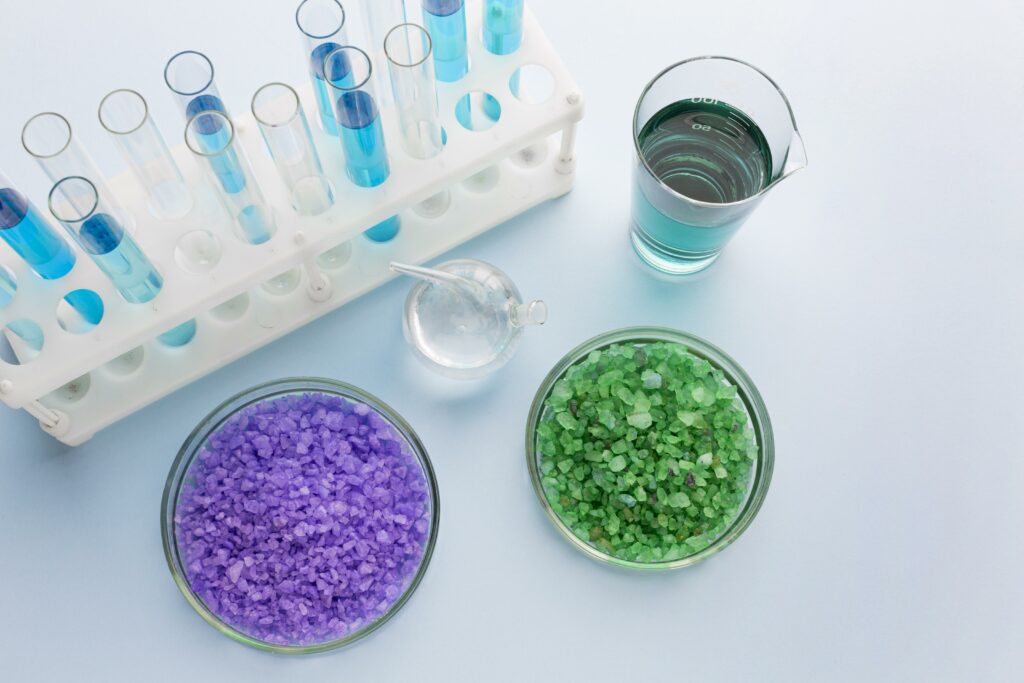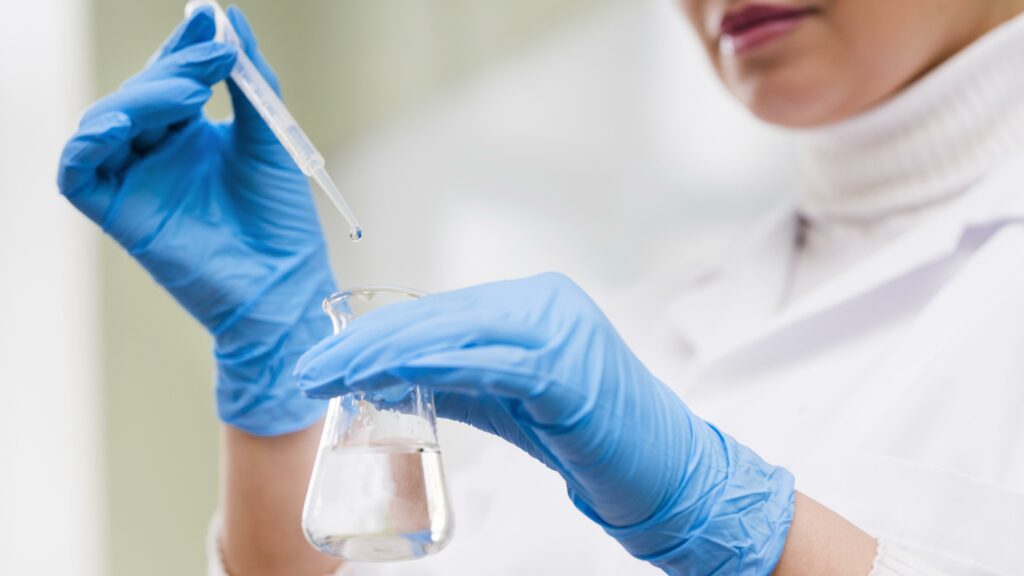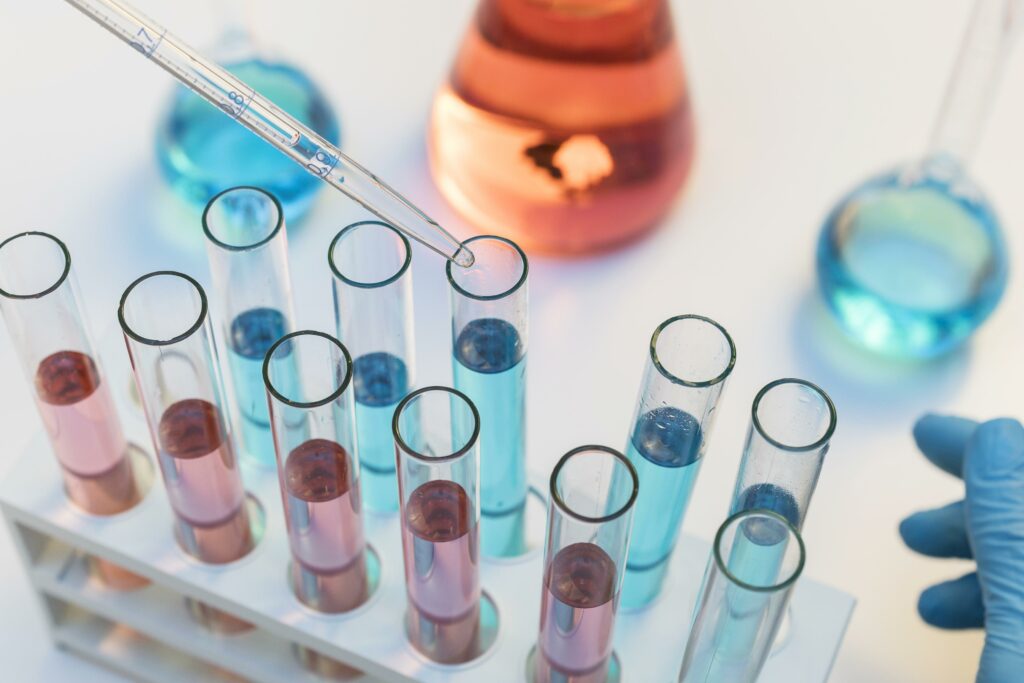Microbes, the tiny organisms that populate our world, play a crucial role in various natural processes, from nutrient cycling to disease development.
Microbial analysis, the study of chemical analysis of these microscopic life forms, has gained significant attention in recent years due in large part to its broad applications across various fields, including medicine, environmental science, food safety, water quality, product safety, plant and food safety, and biotechnology.
In the vital part of this article, we will delve into the fascinating realm of microbial analysis, exploring its methodologies, testing microbiological methods, chemical analysis, and various other microbiological tests and analyses, methods, application test results, and the insights it offers into the hidden world of microorganisms.
Understanding Microbial Analysis
Microbial analysis involves the study of microorganisms, which encompass a wide range of life forms such as bacteria, archaea, fungi, and viruses.
Although invisible to the naked eye, these organisms greatly influence various aspects such as the environment, human health, the utilization of biological biochemicals, water quality, food products, and industrial processes. Their impact is truly immense.
The microbial analysis aims to uncover the diversity, abundance, and activity of these microorganisms by employing various techniques, traditional methods, and tools.
Methods in Microbial Analysis
Several chemical methods are used in microbial analysis, with each offering a unique perspective on the microbial world:
- DNA Sequencing: With the advent of high-throughput DNA sequencing technologies, researchers can now sequence the genetic material of entire microbial communities in a sample. This method, known as metagenomics, provides insights into microorganisms’ diversity and functional potential.
- Microscopy: Microscopic techniques, such as light microscopy and electron microscopy, allow scientists to directly visualize individual microbes. This aids in identifying specific species, understanding their morphology, and studying their interactions.
- Culturing Techniques: Traditional culturing methods involve growing microorganisms in a laboratory setting. While this approach has limitations as it only captures a fraction of the microbial diversity, it remains essential for studying individual strains and species in detail.
- Functional Analysis: Metatranscriptomics and metaproteomics focus on the genes and proteins expressed by microbial communities. This sheds light on their activities, metabolic pathways, and responses to environmental changes.
- Bioinformatics: Analyzing vast amounts of microbial data requires sophisticated computational tools. Bioinformatics helps in deciphering complex microbial communities, identifying genes, and predicting microbial functions.
Routine microbiological analysis
Routine microbiological analysis involves the systematic assessment and hazard analysis of microorganisms in various samples to ensure safety, quality, and compliance.
This practice is crucial across industries like food, water, pharmaceuticals, and healthcare.
By employing techniques such as culturing, microscopy, and molecular methods, analysts identify and quantify bacteria, viruses, fungi, and other microorganisms present in environmental samples.
In food production, this analysis prevents contamination and spoilage, upholding consumer health.
In healthcare, it aids in diagnosing infections and determining appropriate treatments. Environmental monitoring assesses the impact of microorganisms on ecosystems.
While traditional culture-based microbiological methods remain fundamental, newer technologies like PCR and next-generation sequencing enhance the accuracy and speed of microbiological analyses.
However, challenges persist for both microbiological analyses in laboratories, such as ensuring representative sampling and adapting methods for diverse sample types under controlled laboratory conditions.
Routine microbiological analysis remains a vital part of safety, quality assurance, and regulatory compliance in various sectors, a critical control point safeguarding both human health and industrial integrity.
Applications of Microbial Analysis
Microbial analysis and chemical methods have far-reaching applications in diverse fields:
- Medicine: The profound illumination of the human microbiome, which encapsulates the intricate tapestry of microorganisms residing within and upon our corporeal abode, has unfurled a boundless expanse of pathways that lead toward the realm of personalized medicine.
At the helm of this transformative journey stands microbial analysis, an indomitable sentinel that deftly aids in the precise diagnosis of infections, the intricate dissection of gut health, and the dawning realization of microbiota-forged therapeutic interventions—each facet converging to usher in a new era of healthcare that embraces the intricate symphony of microorganisms that coexist with us, shaping the nuances of our existence in ways hitherto unimagined. - Environmental Science: The pivotal contributions of microbes come to the fore in the intricate choreography of environmental processes, encompassing the intricate ballet of nutrient cycling and the transformative ballet of pollutant degradation. Stepping onto this stage with unwavering significance, the microbial analysis assumes the mantle of a vigilant custodian, orchestrating the meticulous monitoring of the quality that underpins the soil and water domains.
Beyond this, it extends its reach to the very heartbeat of ecosystems, evaluating their health with precision and contributing to the design of visionary strategies aimed at remediating and restoring balance—strategies that harness the transformative potential of microorganisms in the service of healing our planet’s intricate tapestry. - Food and Agriculture: The realm of microbial analysis emerges as an indispensable sentinel, assuring the safety of our food supply by orchestrating the early detection of pernicious pathogens. Beyond this, it seamlessly integrates itself into the narrative of agriculture, playing a transformative role by orchestrating the meticulous optimization of agricultural methodologies.
This orchestration hinges on the profound investigation of soil-dwelling microorganisms, guardians of a domain that profoundly impacts the well-being of plants and the very availability of essential nutrients that propel growth. The harmony between this dual function—the protection of our sustenance and the empowerment of agricultural practices—epitomizes the power that microbial analysis wields in sculpting a healthier and more prosperous future. - Biotechnology: Microbes find themselves harnessed in a myriad of versatile biotechnological applications, encompassing an array that extends to the intricate synthesis of antibiotics, the catalysis of enzymes, and even the creation of sustainable biofuels.
The profound domain of microbial analysis stands as an invaluable cornerstone, a keystone that plays a pivotal role in the meticulous optimization of these multifaceted processes, an optimization that propels their trajectory towards achieving elevated levels of yield and operational efficiency, underpinned by a profound comprehension of the intricate interplay between microorganisms and the expansive realm of biotechnology. - Ecology: The meticulous examination and analysis of intricate microbial assemblages play an instrumental role in facilitating ecologists’ profound comprehension of the multifaceted roles these microorganisms undertake in sculpting the very foundations of ecosystems.
This dynamic involvement encompasses a sweeping array of effects, notably extending to their profound influence on the robustness of plant growth and the nuanced composition that defines the intricate matrix of soil systems.
Unveiling the Hidden World: Microbiological Analysis
The profound realm of microbial testing, rapid detection, and analysis has orchestrated a paradigm shift in our comprehension of the intricate microbial realm.
Microbial testing sheds light on the remarkable impact of tiny organisms. From our well-being and health to food and product safety, these organisms play a significant role. They also affect the environment that surrounds us, making their influence truly monumental across the tapestry of our existence.
As technological innovation advances and our analytical methodologies become more sophisticated, we continuously uncover novel insights. This unwavering hallmark holds true for microbial cultures, as well.
The ongoing process of discovery unveils the intricate connection between microorganisms and the organic realm that supports them. Scientific progress shines a light on this exploration, revealing the intricate complexities that unify them.
Challenges and Future Directions: Microbiological testing
Microbial analysis has brought about remarkable advancements in knowledge, but with great power comes great responsibility. Let us harness this power to ensure progress, while acknowledging the challenges that accompany it.
- Data Complexity: The immense amount of data generated by modern microbial analysis techniques presents challenges in data storage, processing, and interpretation. Developing robust bioinformatics tools to handle and analyze this data is crucial.
- Cultivation Bias: Many microorganisms are difficult to culture in a laboratory setting, leading to a bias in our understanding of microbial diversity. Overcoming this bias and finding ways to study non-culturable microbes is a pressing challenge.
- Sample Variability: Microbial communities can vary significantly based on factors like location, time, and environmental conditions. Standardizing sampling protocols and accounting for variability are essential for accurate analysis.
- Integration of Omics Data: Integrating data from various omics techniques—genomics, transcriptomics, and proteomics—remains a complex task, requiring sophisticated computational approaches.
- Ethical Considerations: As our understanding of the microbiome grows, ethical questions arise regarding the use of microbial data, privacy concerns, and the potential unintended consequences of microbiota manipulation.
The future of microbial analysis holds promising directions:
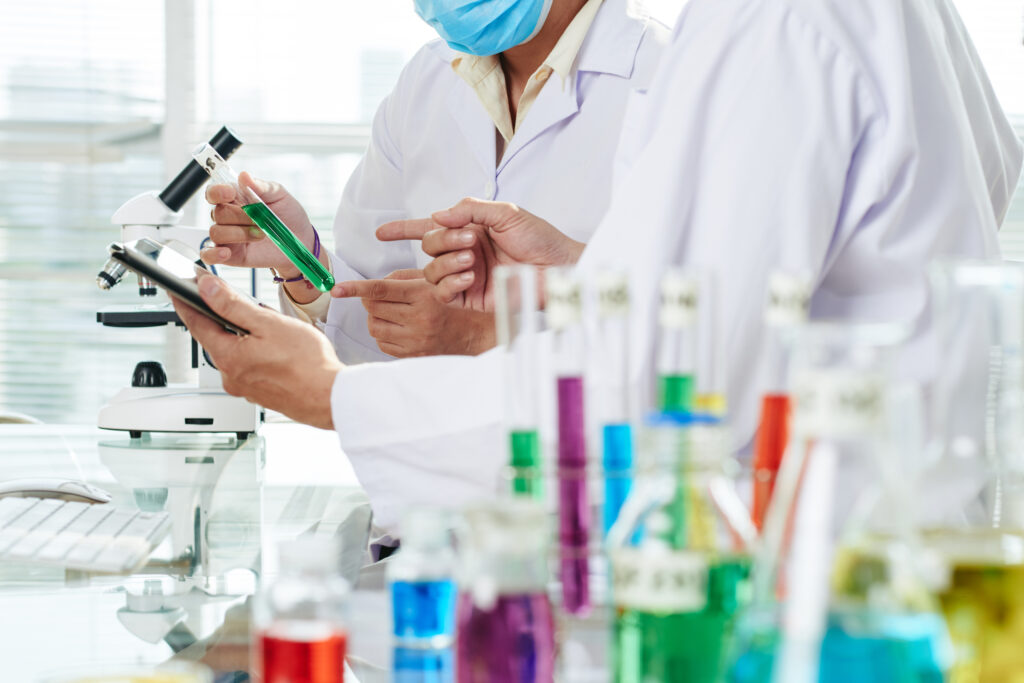
- Multi-Omics Approaches: Combining data from multiple omics techniques will provide a more comprehensive view of microbial communities, enhancing our understanding of their functions and interactions.
- Machine Learning and AI: Advanced machine learning algorithms will play a pivotal role in deciphering complex microbial datasets, identifying patterns, and making predictions.
- Synthetic Biology: Using insights from microbial analysis, synthetic biologists can engineer microbes with specific functions, leading to novel biotechnological applications.
- Microbiome Engineering: Customizing the human microbiome to improve health, known as microbiome engineering, could become a reality with further advancements in microbial analysis.
- Ecological Modeling: Developing sophisticated ecological models that incorporate microbial interactions will provide a deeper understanding of ecosystem dynamics.
Microbial analysis has transformed our perception of the invisible microbial world, opening up possibilities for various scientific disciplines and industries.
The tiny organisms that often go unnoticed wield immense power over our lives, ecosystems, the chemical industry, food products, and the future of biotechnology.
As researchers continue to refine molecular methods and expand their analytical testing methods, we can expect to unravel more mysteries, discover new applications of chemical methods to food safety, and contribute to the betterment of society.
In a world where the smallest of organisms have the largest impact on public health, biomedical research, food manufacturing control strategy, food and beverage products, animal feed, food industry, animal feed, food plants, food manufacturing control strategy, and the food industry, microbial analysis stands as a beacon of knowledge and innovation.
It is microbial testing that reminds us that exploration knows no size limit, and that hidden within the microscopic is a treasure trove of insights waiting to be unveiled.
So, whether we’re probing the depths of the human gut through food samples, investigating microbial growth in the soil beneath our feet through environmental samples, or venturing into uncharted scientific territories, the same microbial testing and analysis will continue to illuminate our path forward.
If you like this article share it and visit us at https://metalchem.com/contact/ for a free consultation about your product needs, feel free to contact us or email us at or********@gm***.com
FAQ
- How does Kolor Kut Water Finding Paste accurately detect the presence of water in fuel tanks?
- What are the key features and benefits of Varify Water Testing Strips for assessing water quality?

